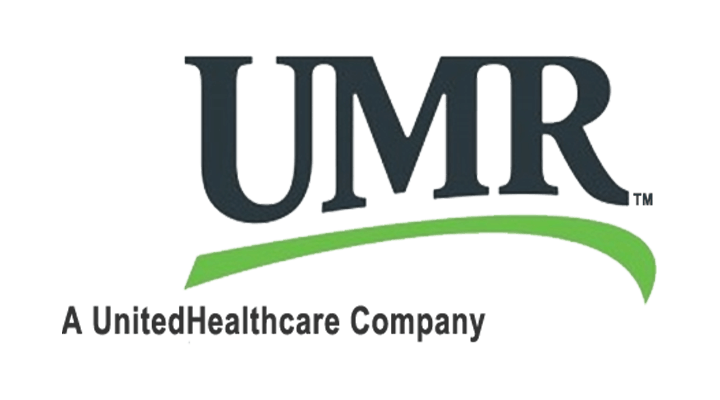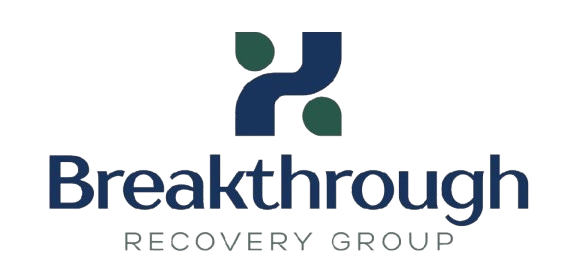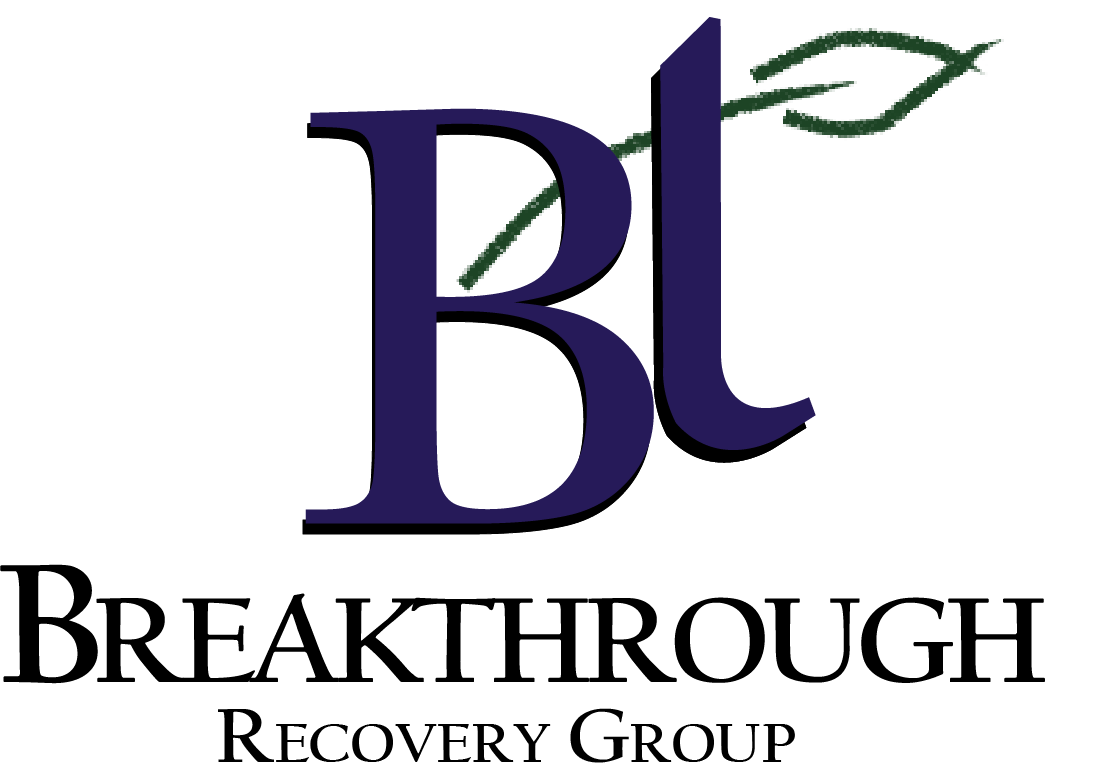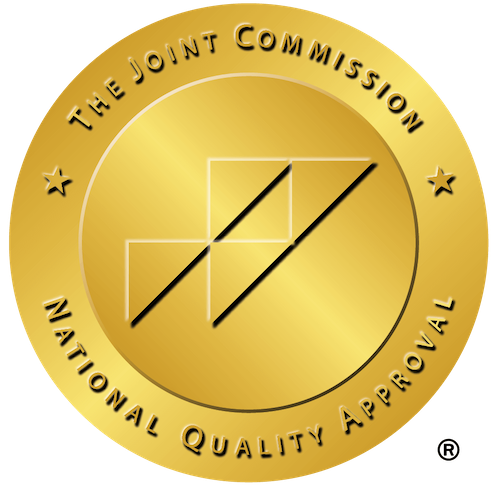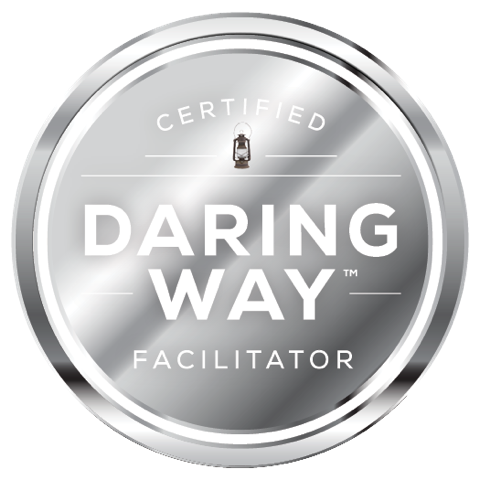Understanding the Link Between Substance Use and Self-Harm
Self-harm, the intentional act of causing physical harm to oneself, serves as a complex coping mechanism for individuals struggling with deep emotional distress. The forms it can take vary widely, from cutting and burning to less recognized behaviors such as severe scratching or hair pulling. It’s imperative to understand that these actions are often rooted in an attempt to manage unbearable feelings or to break through a feeling of numbness. Despite the physical damage, the person may experience temporary emotional relief, highlighting the intricate psychological factors at play. Self-harm is not a bid for attention but rather a private struggle, with many sufferers going to great lengths to conceal their injuries. The cycle of self-harm is deeply intertwined with feelings of guilt and shame, which can compound emotional pain and create a barrier to seeking help. Recognizing the multifaceted nature of self-harm is the first step in empathizing with and supporting individuals as they navigate their path towards healing.
Substance Use as a Form of Self-Harm
When individuals engage in substance use as a means to alleviate their emotional or psychological distress, they may unknowingly embark on a path of self-harm. This form of self-injury differs from the immediate physical harm of traditional self-harming behaviors, yet its slow erosion of mental and physical health is equally detrimental. As persons seek solace in drugs or alcohol, what starts as a temporary escape can rapidly evolve into a dependency, where the substance serves both as a comforter and a punisher. This dual role complicates individuals’ relationship with substance use, ensnaring them in a cycle where increased usage becomes a punitive measure against themselves for perceived failures or inadequacies. The transition from casual to compulsive use highlights a destructive form of self-punishment that mirrors the psychological motivations behind more visible forms of self-harm. Recognizing this behavior as a harmful coping mechanism is essential for intervention and underscores the complex interplay between substance abuse and self-injurious actions.
The Impact of Substance Use on Mental Health
Substance use significantly influences mental health, often intensifying pre-existing conditions and sometimes initiating new mental health challenges. The deceptive short-term alleviation from emotional turmoil provided by substances spirals into long-term mental health deterioration, including heightened levels of anxiety and depression, and in severe cases, the onset of psychosis. This escalation can transform substance use into a critical, complicating factor in mental health, entangling recovery efforts in a web of intertwined issues that demand a nuanced, integrated treatment approach. The intertwined nature of substance use disorders and mental health conditions, such as bipolar disorder or post-traumatic stress disorder, highlights the necessity of addressing these concerns concurrently to navigate the complex journey towards mental wellness. This dual approach ensures a more comprehensive and effective strategy for healing, acknowledging the significant impact substance use has on the landscape of mental health.
Recognizing the Warning Signs of Substance-Related Self-Harm
Spotting the indicators of substance-related self-harm involves vigilance for behaviors that might seem to overlap with general substance abuse but point towards a deeper struggle. Look for patterns such as consuming substances under hazardous conditions or continuing use in the face of adverse health effects. A marked increase in usage, particularly during moments of emotional distress, may signal a shift towards self-punishing tendencies. Observable changes in mood, especially expressions of despair or intense self-criticism, warrant attention. Withdrawal from social circles, abandoning hobbies, and a general disregard for personal obligations are significant behavioral red flags. These signs suggest an urgent need for intervention and support. Early recognition of these behaviors can pave the way for timely assistance, potentially preventing further harm and facilitating the start of a recovery process.
Pathways to Recovery: Addressing Substance Use and Self-Harm Together
Navigating the road to recovery for those entangled in substance use and self-harm is a complex process that demands a comprehensive approach. Emphasizing both the physical aspects of addiction and the psychological underpinnings of self-harm, successful recovery strategies often integrate therapy, such as Cognitive Behavioral Therapy (CBT) and Dialectical Behavior Therapy (DBT), with medication, peer support groups, and positive lifestyle adjustments. These treatments work in tandem to equip individuals with healthier coping mechanisms, replacing harmful behaviors with constructive alternatives. Engaging in this holistic recovery process also involves the crucial support of friends, family, and community, providing a stable network of encouragement and understanding. It’s important to recognize that the journey is highly personal and can include moments of relapse. However, with sustained support and the right therapeutic interventions, individuals can progress toward healing, fostering resilience and a renewed sense of hope.
We Accept Most Insurances


